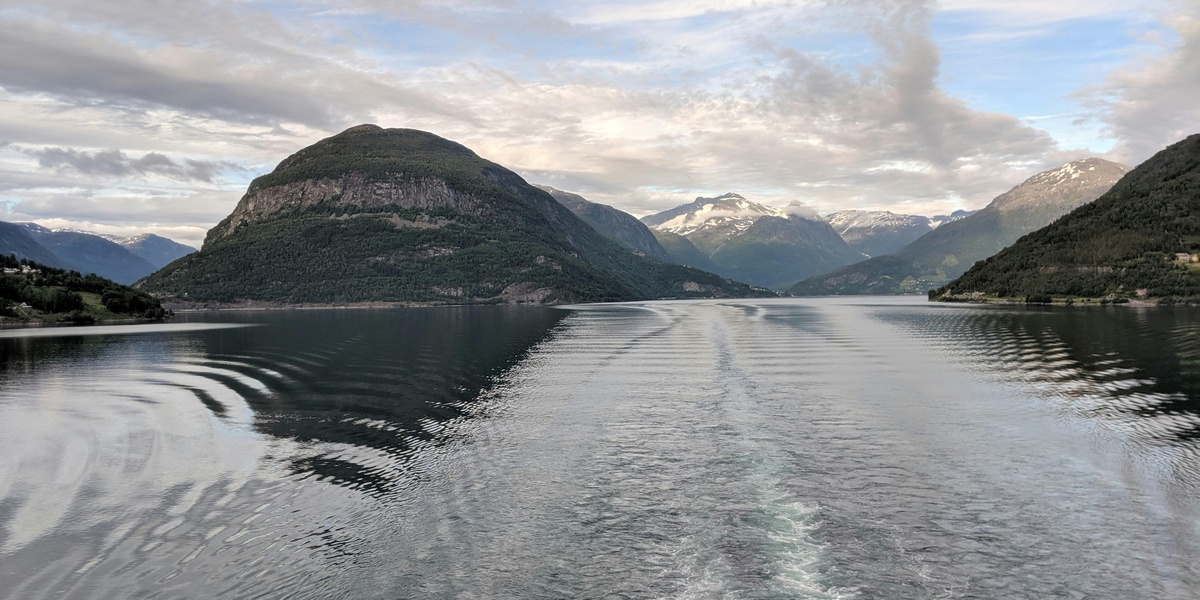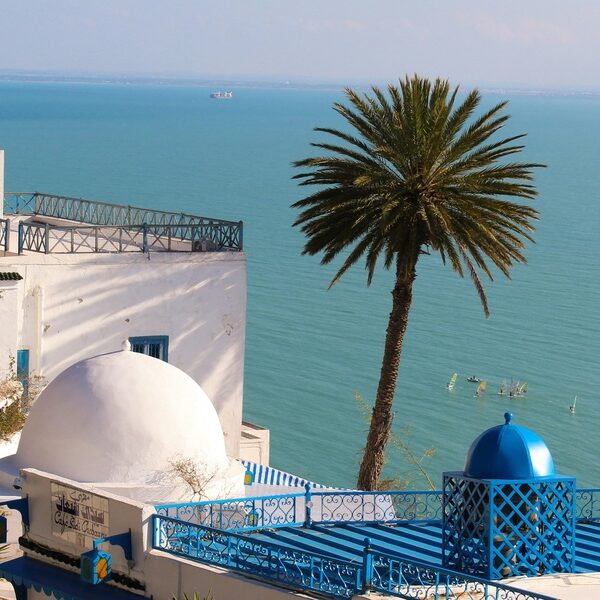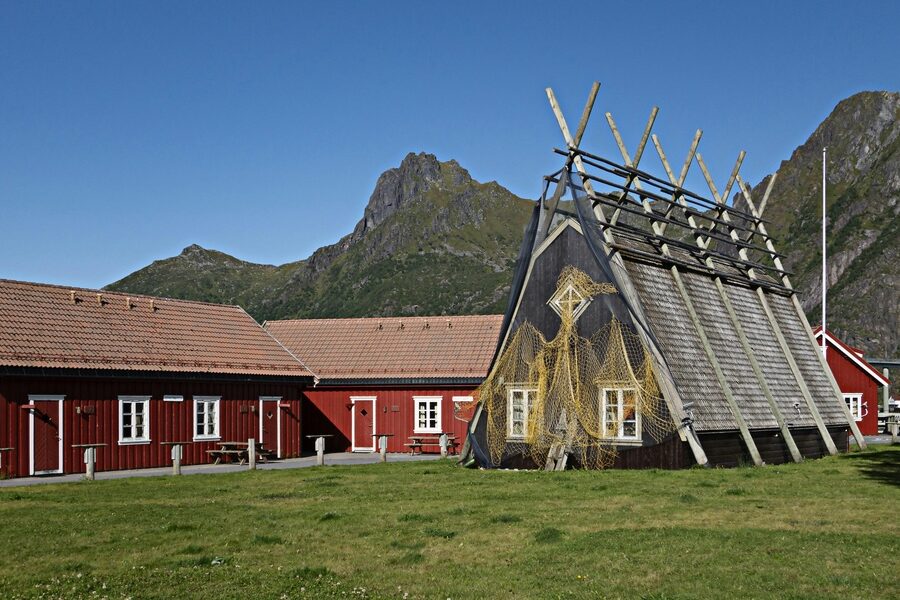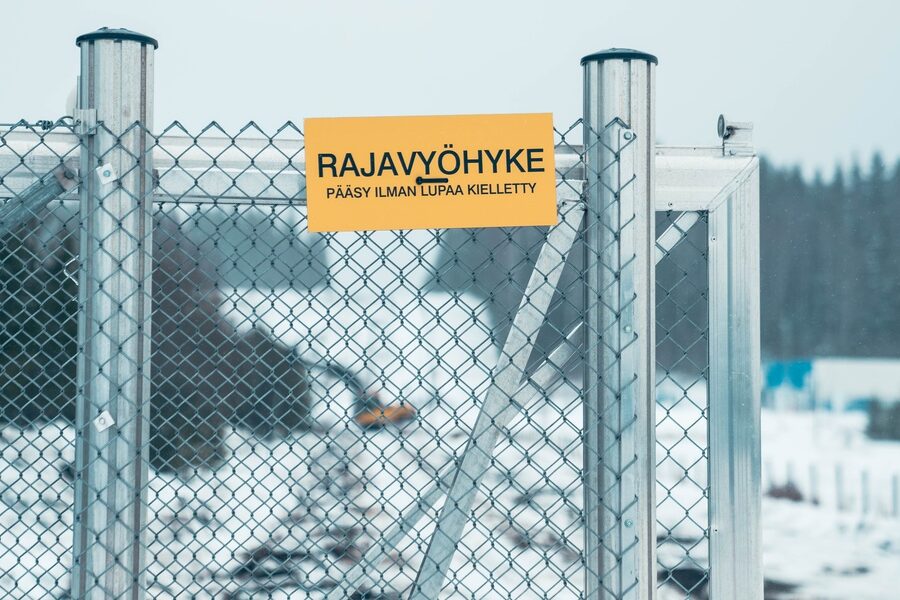Norway regularly ranks at or near the top of the UN Human Development Index and often leads global happiness and quality-of-life lists. For many people that statistic signals something concrete: dependable public services, wide access to health and education, and a safe environment for families and workers.
Benefits of living in Norway are broad, and they matter whether you are researching relocation, comparing social models, or simply curious about Nordic quality of life. With a population near 5.4 million and life expectancy around 82.7 years, the country blends generous public programs with strong private incomes. Below are ten specific advantages grouped into four categories—social welfare; economy and work culture; healthcare and education; and nature, safety and infrastructure—each illustrated with figures, institutions, and everyday examples.
Social welfare and quality of life
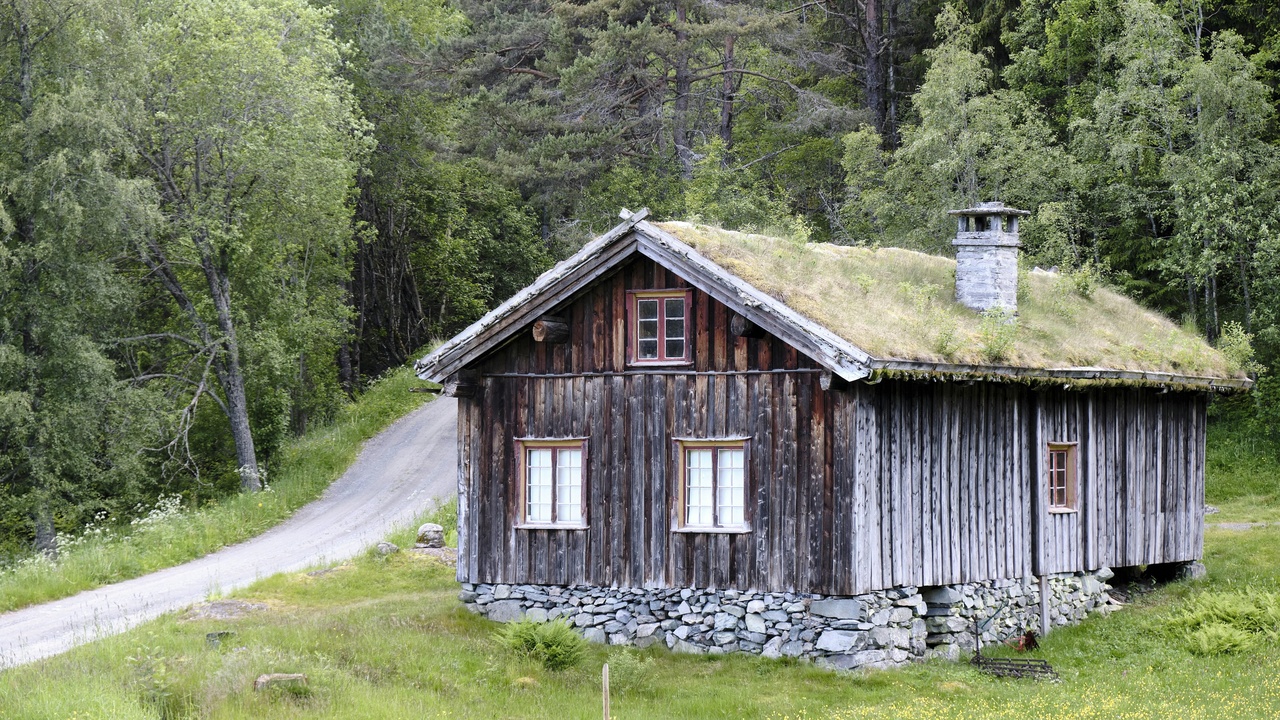
Norway’s social policies are designed to reduce economic insecurity and support family life, producing measurable outcomes on wellbeing and equality. The next three benefits show how policy choices translate to everyday comfort for residents.
1. Generous parental leave and family support
The country offers extended paid parental leave: parents can choose 49 weeks at 100% wage replacement or 59 weeks at 80% (current national rules). Employers and state systems coordinate through NAV and municipal services to make the leave workable for many households.
Municipal kindergartens (barnehage) are heavily subsidized and widely available in cities like Oslo and Bergen, and local family-service centers help with early-childhood support. The shared-leave model boosts paternal involvement and reduces the career penalty that new mothers often face.
2. Strong social safety net and income support
Norway keeps unemployment low—around 3–4% in recent years—and backs active labor-market policies with unemployment insurance, retraining, and wage-related sick pay administered by NAV. These systems stabilize household income during job transitions.
Benefits such as disability pensions, child allowances, and targeted cash support lower poverty risk and support long-term transitions back into work. For everyday residents this means steadier finances when illness or layoffs occur and accessible services for vulnerable households.
3. High rankings for life satisfaction and human development
Norway consistently places near the top of the UN Human Development Index and scores highly in the World Happiness Report (recent editions). Those rankings reflect strong indicators in health, education, and income per capita.
High institutional trust and reliable public services show up in daily life as accessible libraries, community centers, and consistent municipal services—small things that add up to ease and predictability for residents.
Economy, work culture, and financial advantages
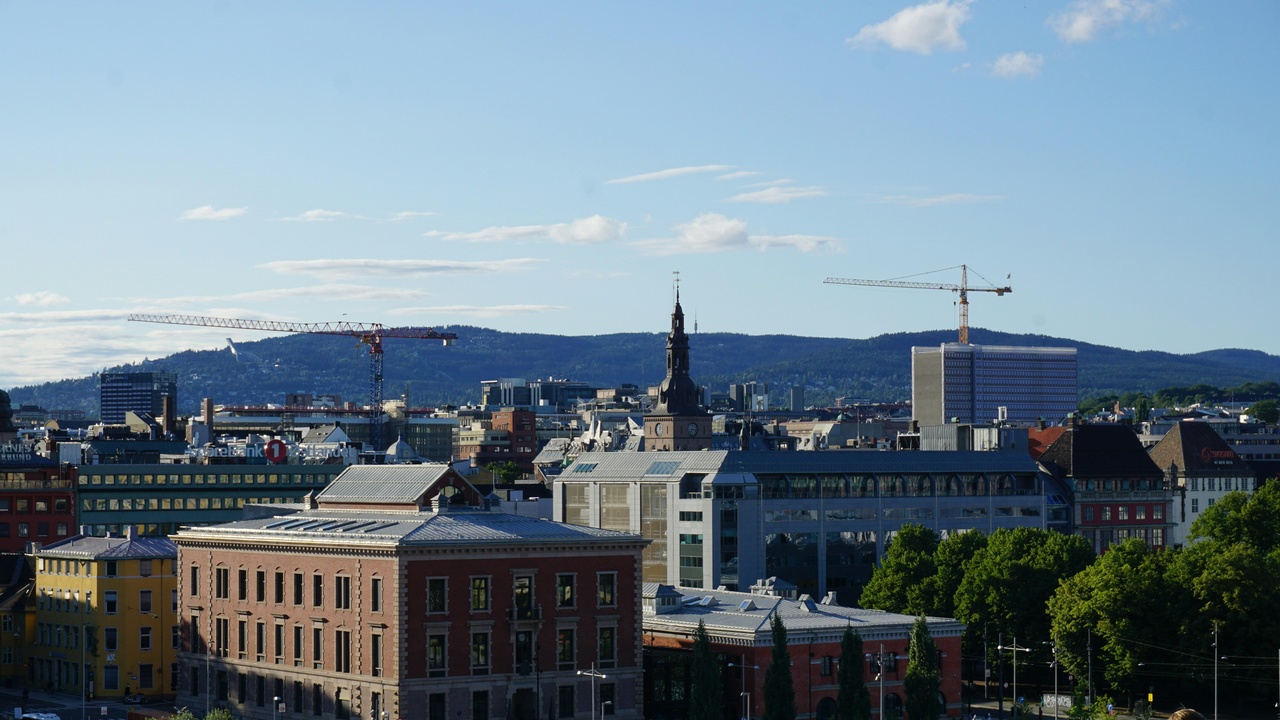
The Norwegian economic model pairs relatively high wages with strong public stewardship of resource revenues. That combination supports generous public services and a solid baseline for household prosperity.
4. High incomes and national wealth managed for public benefit
GDP per capita in Norway is among the world’s highest—roughly in the $70,000–$80,000 range—and the Government Pension Fund Global (managed by Norges Bank Investment Management) channels petroleum revenues into a publicly owned sovereign wealth fund worth many hundreds of billions of NOK (trillions by NOK accounting).
That public wealth helps fund infrastructure, pensions, and countercyclical spending, cushioning the economy during downturns. For residents, it means better-maintained roads, stable public pensions, and sustained investment in health and education.
5. Strong work–life balance and predictable leave
Statutory vacation typically totals five weeks per year, average workweeks are relatively short, and collective bargaining norms encourage flexible schedules. Employers across sectors often support predictable hours and family-friendly policies.
Culturally, Norwegians embrace friluftsliv—regular outdoor time—which makes use of vacation and evenings to recharge. Practically, that reduces burnout, increases leisure time for families, and raises day-to-day wellbeing.
Healthcare and education
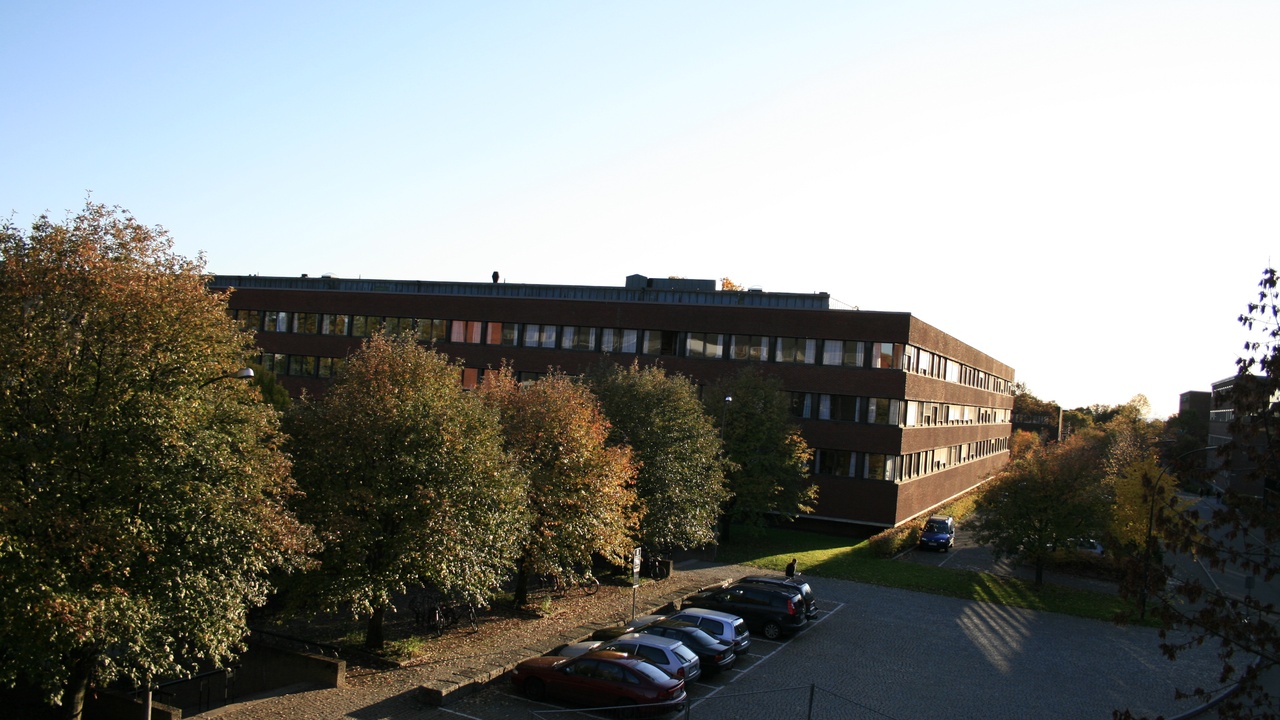
Public provision of health and education underpins long-term opportunity and lowers household risk from illness or job changes. The next benefits show how universal systems affect lifespans, costs, and career mobility.
6. Universal healthcare and strong public health outcomes
Tax-funded universal healthcare provides broad coverage, supported by municipal primary-care centers and the fastlege (regular GP) system. Norway’s life expectancy (about 82.7 years) and solid OECD health metrics reflect those services and preventive care.
Low out-of-pocket exposure for essential services helps families avoid catastrophic medical bills, and coordinated care pathways make chronic-care management and specialist referrals more straightforward than in many privatized systems.
7. Accessible higher education and lifelong learning
Public universities such as the University of Oslo and NTNU charge little or no tuition for Norwegian citizens and many eligible residents, and vocational apprenticeships are a strong route into skilled work. Adult-education programs support retraining when industries shift.
That accessibility improves career mobility and resilience: apprenticeships link directly to jobs, while university research collaborations with industry create pathways into high-skill roles.
Nature, safety, and modern infrastructure
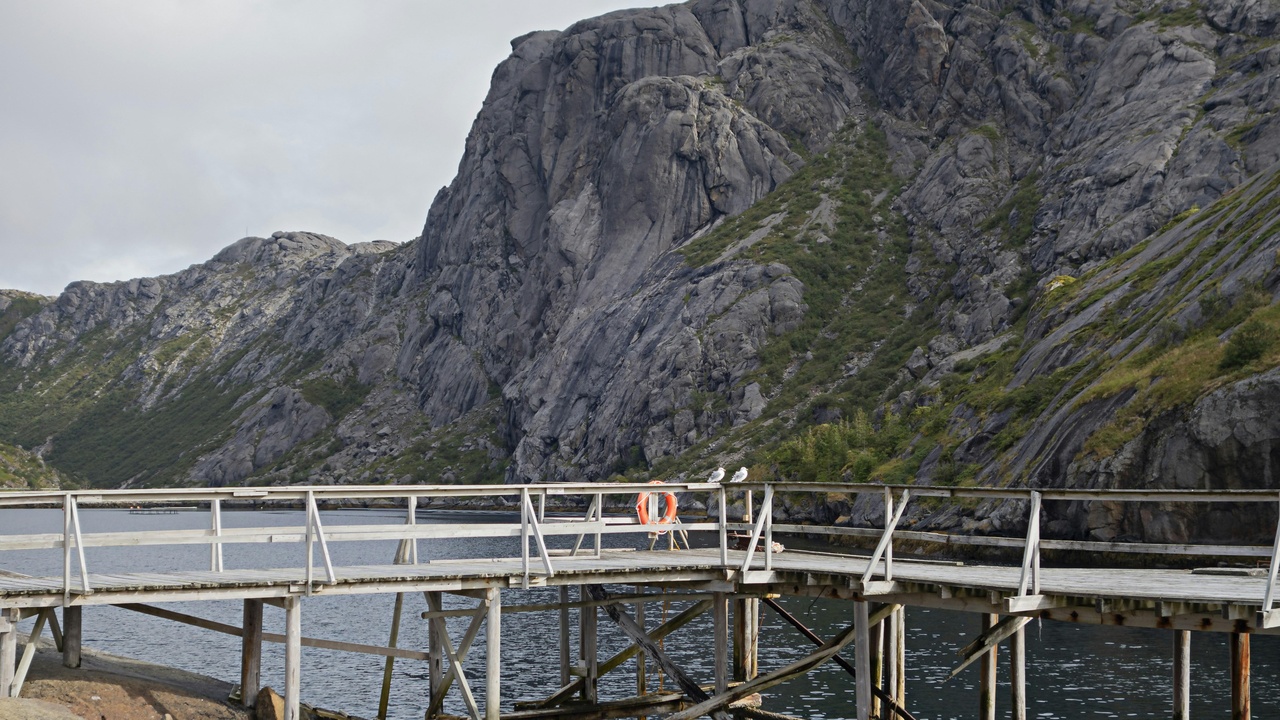
Norway’s low population density outside cities, strong safety record, and clean-energy infrastructure all shape how people live day to day. These benefits make outdoor life accessible, neighborhoods safe, and travel low-carbon.
8. Unrivaled access to nature and outdoor recreation
Allemannsretten—the right to roam—plus a cultural norm of weekend cabin (hytte) trips mean that fjords, mountains, and coastline are literally at residents’ feet. Regions like Lofoten and Jotunheimen are reachable for weekend hikes from many urban centers.
Regular outdoor activity supports physical and mental health, and municipal trail networks and national parks make it easy to plan family outings without long travel times.
9. Low crime and a strong sense of safety
Norway records low violent-crime rates and high public trust in institutions, based on national victimization surveys and international comparisons. Neighborhoods in cities such as Trondheim and Bergen are noted for safe streets and family-friendly public spaces.
That security shows up practically: parents feel comfortable letting children play outside, people walk after dark in many districts, and insurance and security costs are generally lower than in higher-crime countries.
10. Modern, low-carbon infrastructure and transport options
Norway’s grid is dominated by hydropower, and new-car electric-vehicle market share has often exceeded 70–80% in recent years. Public and private charging networks, tax incentives, and reduced tolls for EVs make electric transport convenient and economical.
Companies like Statkraft and national investments support renewable capacity, while ferries and rail links connect coastal communities efficiently. For residents this means lower transport emissions, expanding charging access, and viable alternatives to car dependence.
Summary
- Public investment plus high average income provide stable services, from parental leave (49 weeks at full pay option) to pensions managed in the Government Pension Fund Global.
- Healthy outcomes and accessible education—life expectancy ~82.7 years and tuition-light public universities like the University of Oslo—support long-term opportunity.
- Everyday quality: immediate access to nature, low violent-crime rates, and modern low-carbon transport (EV new-car share ~70–80%) make life comfortable and sustainable.
- Practical next steps: visit, connect with expatriate groups, and consult official sources (Statistics Norway, NAV, or Norges Bank) to explore benefits and immigration details.
- Benefits of living in Norway blend policy-backed security with abundant natural and economic resources—worth considering if quality of life and predictable public services matter to you.

